The Article
Arcam rHead headphone amplifier: Occupying the centre ground of Sonic Politics
2nd June 2017

If Arcam ever produce a pair of headphones then Paul Rigby wants a finders fee for the name, ‘rEars’. In the meantime, he reviews the headphone amplifier that will power this drawing board project, the rHead
The rHead arrives in the now oh-so-familiar black chassis that is used for all of the ‘r’ series of products. This brick-sized, black aluminium chassis sits upon a rubberised baseplate and features a XLR and a RCA set of inputs on the rear which also sees the connection for the external 12V power supply, alongside the power switch. And that’s it. The rear isn’t exact a made gras…and neither is the front which features a mini (3.5mm) and full-size (6.35mm) headphone socket, a power light and a resistive ladder, silver volume knob with a standby/mute at the beginning of its travel.
A Class A design, the rHead will click into Class B during difficult loads but I never reached that point during tests and I’m not sure that you will either.
And thats it, really. The simplicity of the rHead is one of its design highlights. Low footprint and simple to use, you feel that the design budget has been used on sound quality. Well, that’s the impression you have. So, let’s see if that is the case then.
SOUND QUALITY
Plugging my Sennheiser HD800 headphones into the rHead I began the sound test by playing Japan’s Five Song EP and the track, I Second That Emotion and was impressed by the breadth of the soundstage which seemed, in addition, packed with activity. The Arcam provided a busy musical front for the ears to feast upon. This ‘busy’ aspect of the Arcam was achieved by the pulling back of the lead vocal into the mix, producing a true ‘band’ performance. Some amplifiers push the lead vocal right at you. This effect gives the sound a 3D aspect which does have its own attractions but what the Arcam does is pull that vocal backwards. Hence, David Sylvain stood shoulder to shoulder with the rest of the group. The benefit of this was to enhance the harmonies, making them pleasing and sweet in tone but also to prevent the vocal from masking or smearing its adjacent frequencies. This enabled the more subtle frequencies to be easily heard. Hence, I could hear a touch more of the low key synth effects and the rhythm guitar.
This ‘spot the instrument’ game was also enhanced by the focused nature of the Arcam. The accuracy of the presentation produced enhanced the transient performance of the drums which offered impressive impact and pace in terms of rooting the song and pushing it along at a steady speed. Similarly, the electric piano was poppy and sprightly while the cymbals had a shine that improved their importance within the overall mix. Secondary percussive effects such as the wooden block was also heard and gone in a jiffy while the bass guitar provided a welcome precision. The bass guitar could have easily bloomed underneath the general mix becoming indistinct. Not here. The Arcam added new personality and character in the bass guitar which improved the overall layering of the music.
Next up was vocal jazz and the Speakers Corner edition of Joe Williams’ Me and the Blues with the orchestra under the direction of Jimmy Jones and Oliver Nelson.
Right from the off, the low noise aspect of the Arcam was at the forefront as the distance between the vocalist and the backing orchestra was evident by a distinct space. More to the point, it was also evident that the orchestra was playing in a grand space while Williams was in a slightly more restricted space situation. While Williams featured his own reverb the orchestra bathed in far more, giving an intriguing spacial contrast.
The instrumental separation between the orchestral instruments on the track I’m Sticking With You, Baby, provided an easy going, light yet relaxed demeanour. The cymbals, positioned way over to the left and offering fragility and delicacy within the treble band, offered space to the brass section which eased into the song with a sense of swagger and ‘cool’ while the piano detail was easily heard, despite sitting at the base of the mix.
Finally the drums themselves provided punch but also a sense of freedom. Drums can often sound claustrophobic but not here, the extra space around the drums strikes gave the song an open expanse that just added to the fun nature of the presentation.
CONCLUSION
Balanced in tone, the Arcam is not as warm as a valve-based head amp nor does it give you the often brittle nature of the standard solid state amp. The Arcam treads a more neutral yet lively middle path that is wholesome in terms of its content but never lacks life and vigour. The Arcam rHead, it also has to be said, provides cracking value for money. It challenges designed at twice the price. If you are in the market for a relatively low cost headphone amplifier, this design demands a demo.
ARCAM rHEAD HEADPHONE AMPLIFIER
Price: £395
Web: www.arcam.co.uk
Tel: 01223 203200
GOOD: airy mids, easy to use, value for money, neutral presentation, precision, detail
BAD: nothing at the price
RATING: 8
REFERENCE SYSTEM USED
Origin Live Sovereign turntable
Origin Live Enterprise 12” arm
Transfiguration Proteus cartridge
Leema Essentials CD player
Astell & Kern AK120 (Red Wine modified)
Icon Audio PS3 phonostage
Aesthetix Calypso pre-amp
Vertex AQ/Tellurium Q cabling
Harmonic Resolution Systems Noise Reduction Components
All vinyl was cleaned using an Audio Desk’s Ultrasonic Pro Vinyl Cleaner

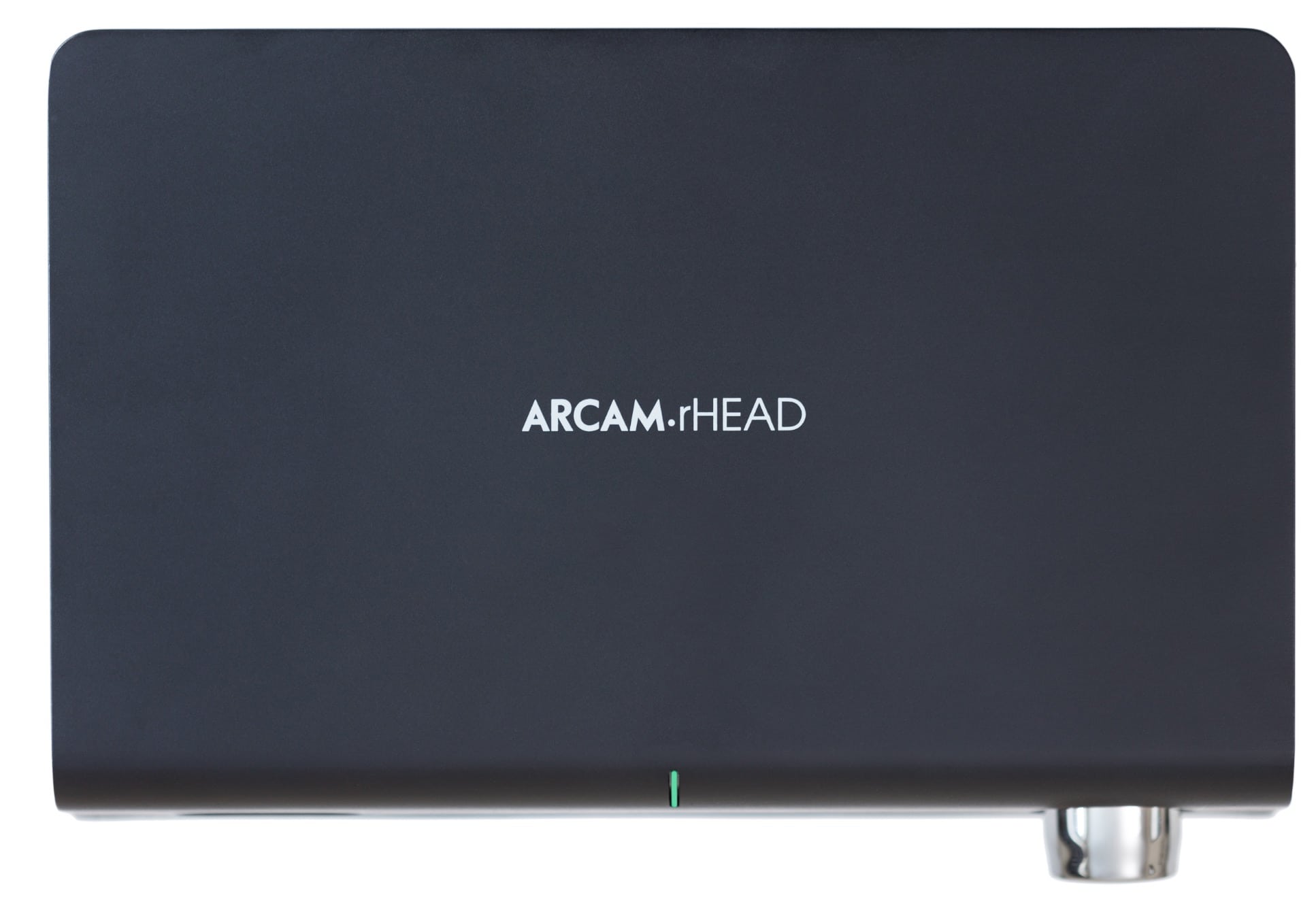
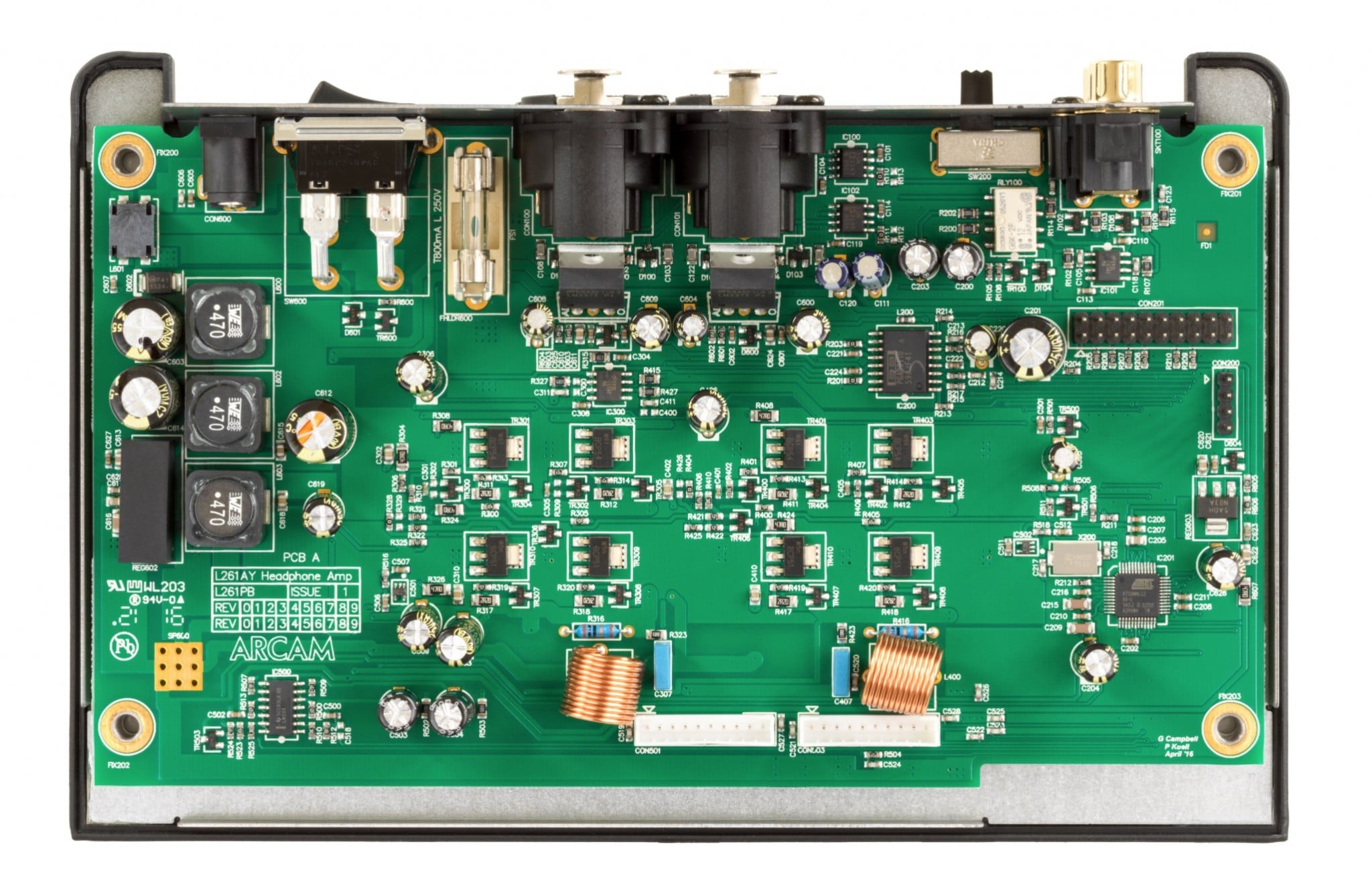


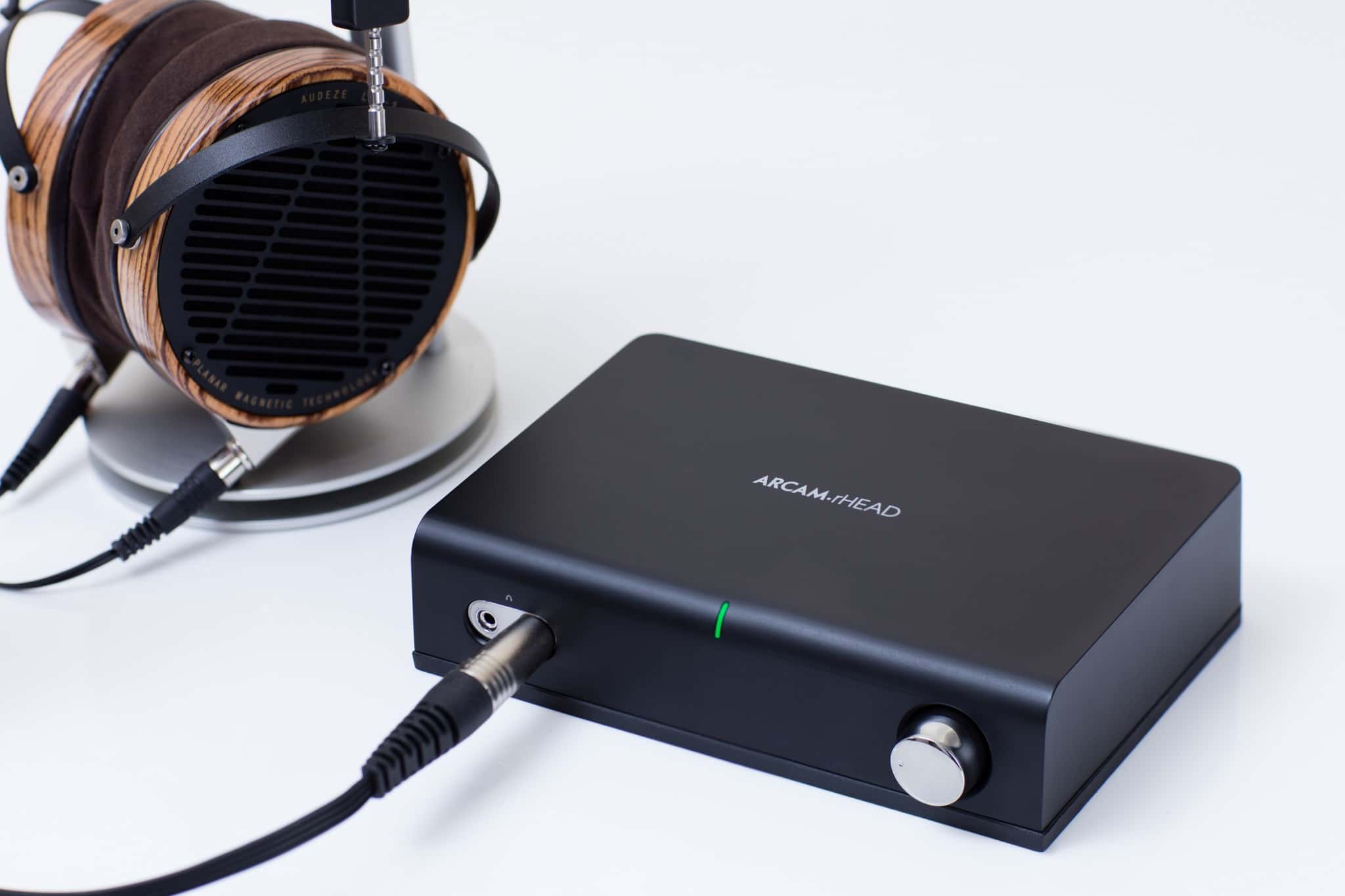
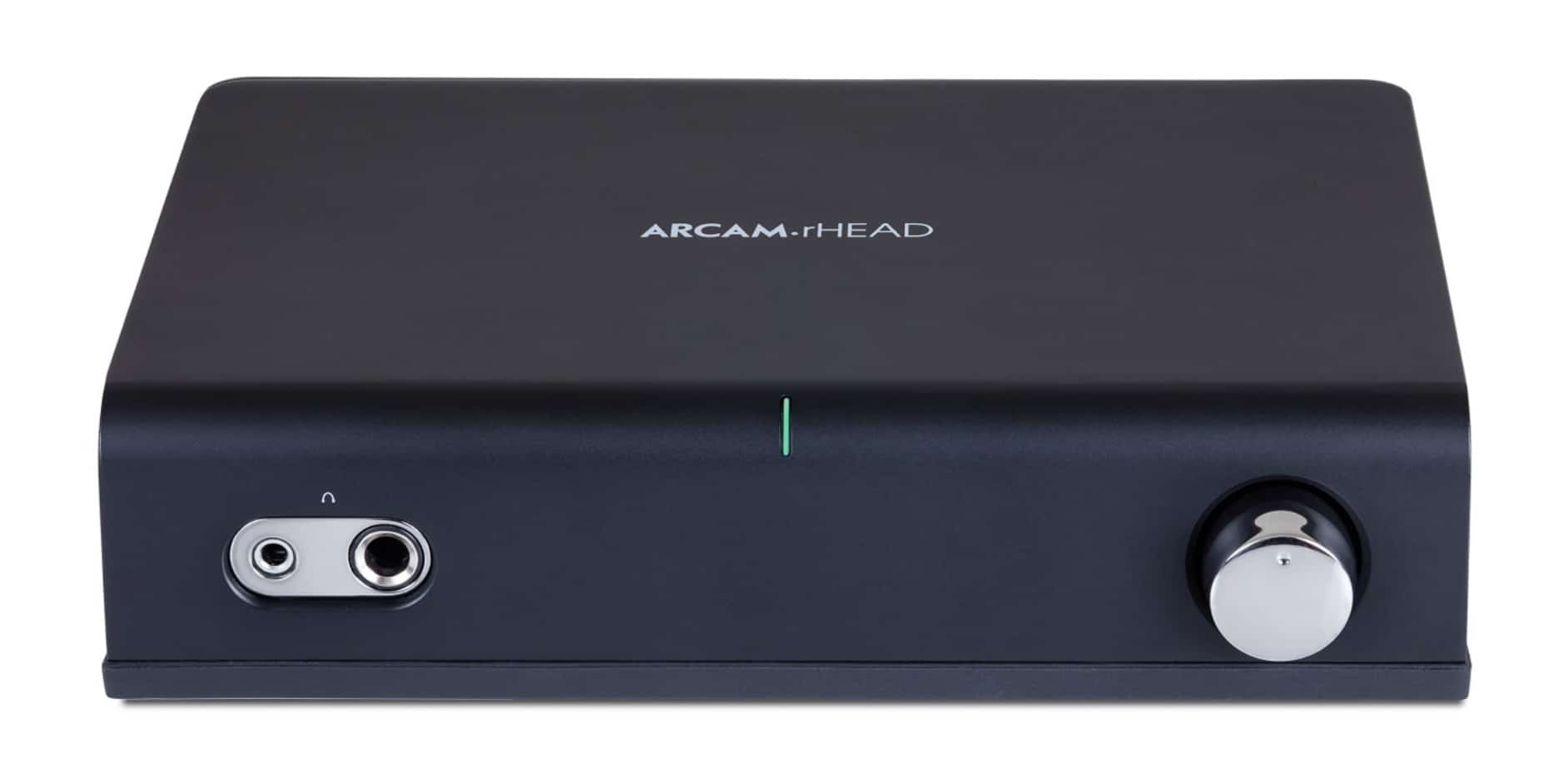
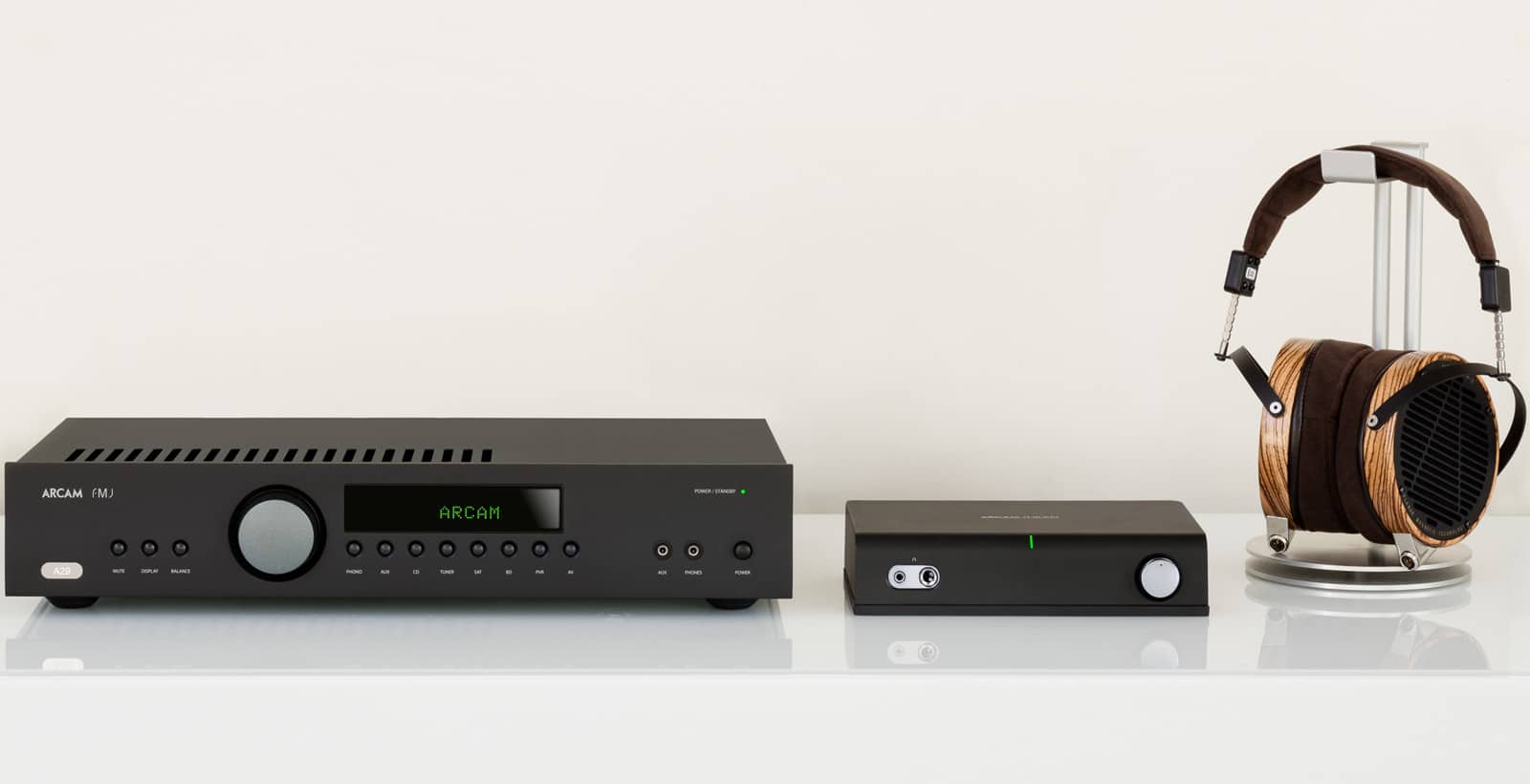


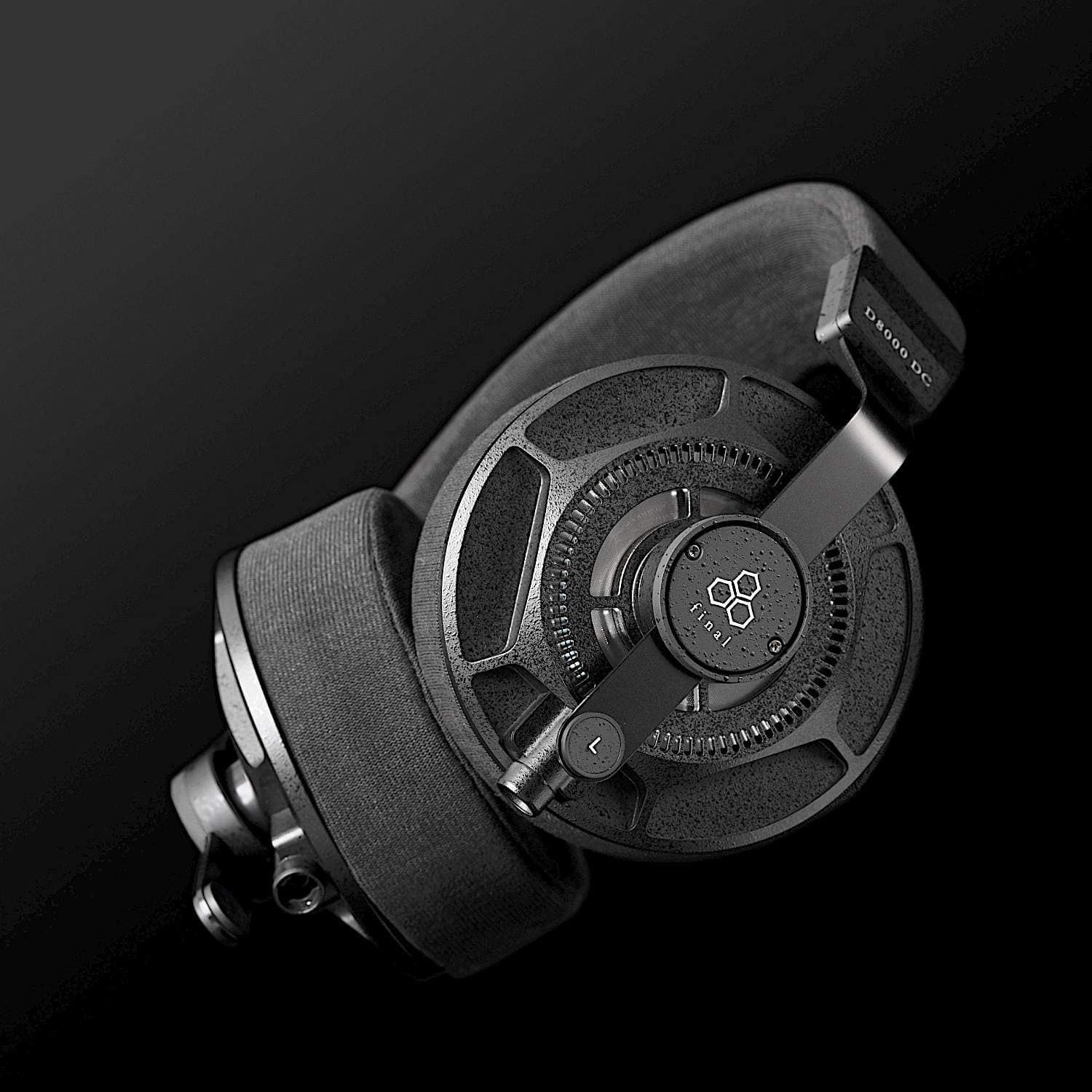
I didn’t like the design or the r series at first, but now i rather like it.
Hi Paul,
Recently decided to upgrade from some b&w p7s. Paired some hd650s with a micro idsd bl. I have tinnitus so all that extra detail in the top end can be really painful for my ears. I have the regular ifi nano idsd, always really enjoyed it. Thinking that that might be a better pairing with the rhead for the hd650 and my ears. Now that they’re selling the rhead for ¬£199, seems like a bit of a steal…
Hi Will – if you have tinnitus, then avoid B&W. On the whole, I find many of their products are a bit lively in the upper mids and treble. You need something warming yet detailed. I would even question the 650s on this basis. Great bass and classic designs (they act as a reference in my set up, for example) but I wonder if you should be heading for a closed design with a warming signature. The rHead is fine, though. If you decide to rethink the headphone decision, give me a budget figure and I’ll do my best to help.
Hi Paul,
It is a tricky one with my ears, I have tinnitus in the first place because they’re very sensitive. Now they’re more so, although they could probably do with testing again.
I ended up with an rhead, ifi idsd micro BL and HD650 and they sound great but all together that’s ¬£920- which is way way more than I wanted to spend so I’ve returned the amp and headphones and selling the ifi micro BL before I get attached. It was the amp section in the micro BL that added much of the harshness to my ears in the top end and upper mid range to the HD650, it was much smoother and more musical with the rHead. Lovely little thing the rHead and seems like a bargain that isn’t going to be around for long at ¬£200. But then taking out the micro BL and using my old idsd nano (which beforehand I was smitten with) with the hd650 and rhead- was a proportional step down in SQ- didn’t sound as good, so I left thinking I wanted all three or none at all.
Yes I think you’re spot on with your recommendation, that combo at ¬£920 was lovely but, a little warmer would have been nice. Basically I use the setup at the computer all day everyday- audio from the whole computer and listening to music so the extra detail on the hd650 was actually useful even with low res youtube content, I just always felt like I could hear ‘everything’.
Something I can go out and test or be able to buy here in the UK and be able to return will be ideal. I’d like to say I’ve got loads to spend and I can sell the old DAC and headphones- but it just depends on what I end up with so budget I’d say ¬£400 to ¬£600 for headphones and dac/amp combo would be nice but, that doesn’t sound like a lot of money. Funny that, in ordinary life ¬£600 definitely sounds like a lot of money…
The can of worms is open and they’re all over the floor.
Hi Will – maybe you could use that ¬£920 set-up as an aspirational upgrade target path? Something to work up to. No point in buying other stuff really if you know what you really want, deep down. Why not use the cash you have and begin that upgrade tourney, targeting on the product that will make the largest improvement now and is kindest to your ears and then, well, saving 🙂
I think that’s the best idea Paul yes thanks. I have thousands invested in photography equipment, live out in the sticks and no vehicle at the moment so, there’s the heart leading the head and then there’s quite plain silly. I’ve heard the HD650 settles down a lot, and I’ve got an old NAD C370 with a headphone jack (which I didn’t test as I’m daft) and the old nano idsd to give that a go so, you’re right on. Sure I could find something closed and a bit warmer but I did like the hd650, do like it’s proven track record- do need something light weight and comfortable I can wear for 8hrs and it was getting nicer the longer I listened, plus I think once you get into it, it doesn’t sound like it did on first impression. With a longer brain/pad burn in I expect it’d be even better. I reckon I could do better than that ¬£920 setup most likely with a warmer amp, but stage by stage is definitely the right idea cheers. Unfortunately I’m impatient and try and get to the end first. In the audio world my ears are far too big for my wallet at the moment 🙂 Maybe buying a cheap car instead to go and find a bigger wallet…
Hi Will – I’m with you on the impatient thing. I always have to have a quiet word with myself 🙂
Hi Paul- I did my best not to ask for fear of my brain melting under more options and permutations, but I resisted about an hour. You mentioned some recommendations?
That’s it I promise, no more I’ll leave you in peace.
Sorry, been a bit busy and the ol’brain is frazzled. Remind me Will – where are we at with that? What exactly do you need?
I’m trying to find a pair of headphones that isn’t too harsh on the top-end for my tinnitus. For at home, comfortable, listening for long periods. Non-fatiguing. Have tried hd650/rhead/idsd micro BL dac only section- nice combo but at ¬£920 not cheap for me. Thinking the hd650 might be fine with a warmer amp perhaps tube, or my old Nad c370 for the time being while I save some pennies for dac/amp. But you said to ask if I rethought the headphone and amp selection and gave a budget because maybe hd650 are too bright. I’ve returned the amp and headphones, selling the idsd bl DAC and back to square one. Budget is about ¬£300-600 for the headphone but things scalable would be grand and I’m more than willing to spend around ¬£800-900 on the whole headphone/dac/amp chain eventually. Everything coming out of MacBook Pro. Music I listen to, I love drums, but a fair variety- electronic, hip-hop, EDM, ambient, acoustic, classical, some pop, err- if I like it, I listen to it general all day computer use. Erring on the side of warm is better for my ears, but most important is not harsh. Cheers Paul
If you do want to grab another pair of headphones, you really need to demo them because of your own particular condition. A great place to do this is at the next headphone fair that pops up – London seems to be the place for these things. Failing that, take a trip to one of the big headphone distributors/retailers out there. They welcome visitors. Paul Clark’s business is a recommend place. You can hear him here along with his website address in this show report: https://theaudiophileman.com/national-audio-show-2015/
Off the top of my head, MrSpeakers is a well balanced design from the UK outfit that also distributes the Schiit series of hi-fi but there’s plenty of others too. I’d really head off to see Mr Clark and hear a host of possibilities over there.Make a day of it! 🙂
Magic cheers Paul 🙂
Hi Paul
Happy New Year to you.
I currently have a Graham Slee Novo. I use Sennheiser 650s and have got some Beyerdynamic DT 880s. I am looking to upgrade my headphone amp with a budget of around £500. I listen to most types of music Рbut not classical on headphones.
Any tips?
All the best
Mark
I would head for Schiit, Mark. There’s a Lyr 2 for ¬£460: http://www.electromod.co.uk/schiit/amplifiers/lyr-2/
You can also improve your 650s with these: http://www.audioaffair.co.uk/oyaide-hpc-35hd-premium-headphone-cable-for-hd650-3-5mm
Hi Paul – Thank you for the advice. I already have some after market leads that I had made by an enthusiast. I have not looked at the Lyr before. I have looked at the Valhalla. I must admit there is a real appeal of going with valves. My guitar amps are valves and you really can’t beat the sound – so I will give the Lyr a closer look.
I have seen lots of good things about Schiit – but mainly from the states. So it is good to have your opinion too.
Thanks again
Thanks for a great review! I am little bit puzzled by the final grade you gave. Why 8/10 if the the amp is that good, if it challenges designs twice its price and if there is nothing bad at the price? This amp costs 249 Euro now so I guess it is a steal. I cannot think of any other amp at that price point sounding that good.
Hi Szoze – please see my ratings guide explanation here. It should – hopefully – explain all: https://theaudiophileman.com/reviews-explained/
Oh, I see 🙂 Thanks!